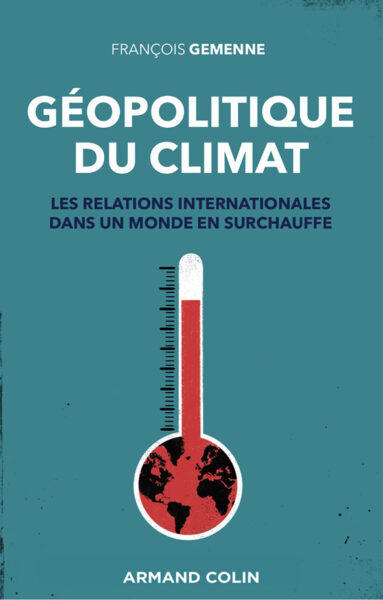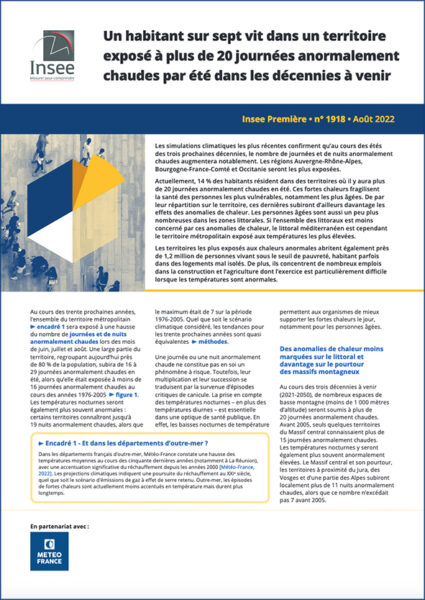For thousands of years crop rotation was the golden rule of careful, prudent management of the land: a third of the space devoted to feeding people, a third to replenishing the soil and the other third for other “non-food” production.
Then, as Claude Roy stresses, two centuries ago, people learned to exploit the fossil fuels that had slumbered sagely for 300 million years and everything speeded up (population growth, untrammelled consumption of scarce resources…), to the point where today these trends threaten the whole ecosystem. It is therefore essential for us to face up to three major challenges: how quickly to reinvent a society that uses energy and natural resources wisely, to develop alternative energy sources, either renewable or fissile, and to act to reduce greenhouse gas emissions.
The agenda is unavoidable, but it is still possible to meet these challenges. What can we do to feed a population that will soon reach 9 billion without continuing to threaten the ecosystem? Claude Roy outlines a strategy for an alternative development model that does not look back nostalgically but instead relies on a calculated evaluation of available biomass and on the rise of a bio-economy whose limits and potential he discusses here.
Return to the Biofuture? Diminishing Reserves of Fossil Fuels and the Greenhouse Effect: What Kind of Future for a World Population of 9 Billion?
Cet article fait partie de la revue Futuribles n° 327, fév. 2007



